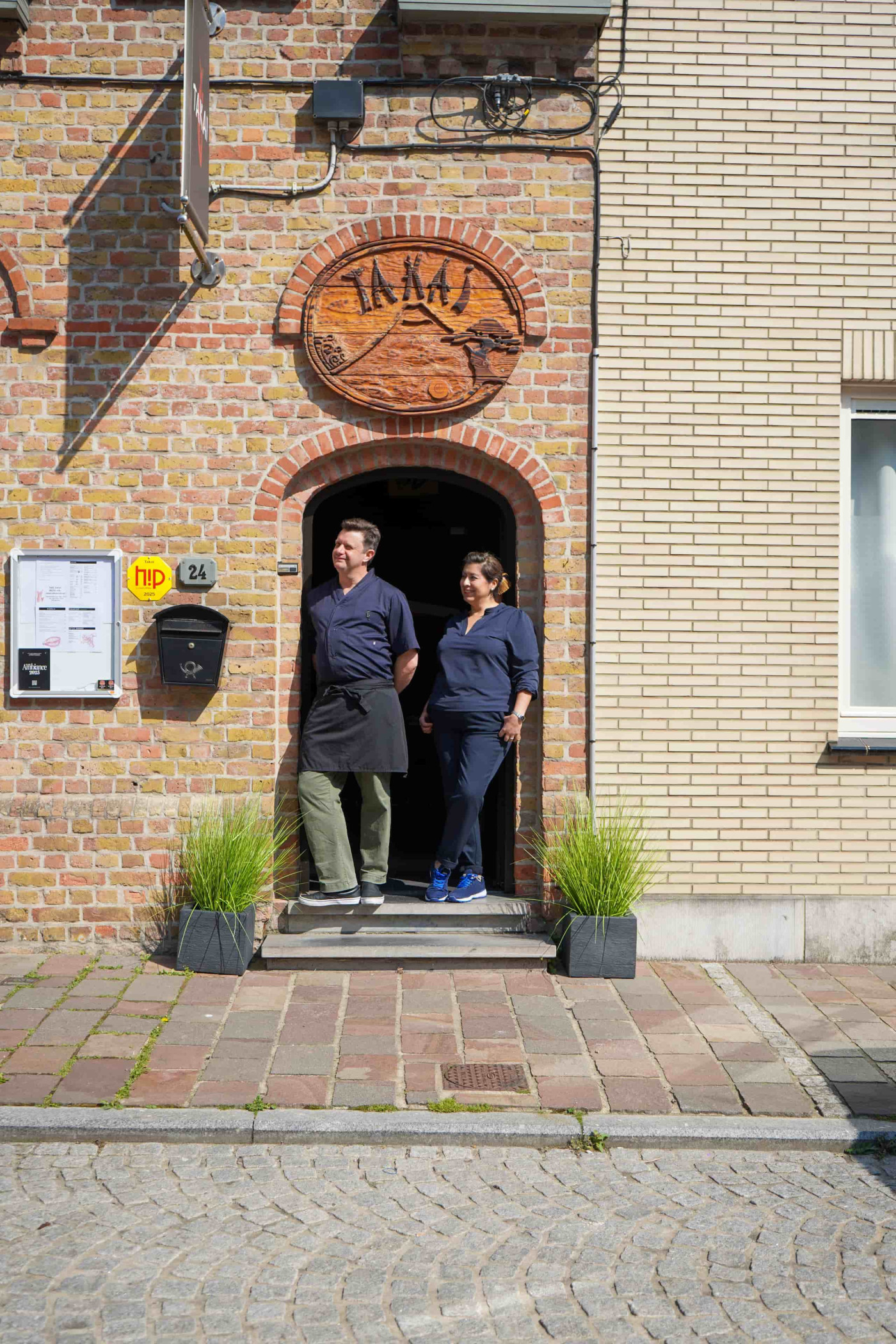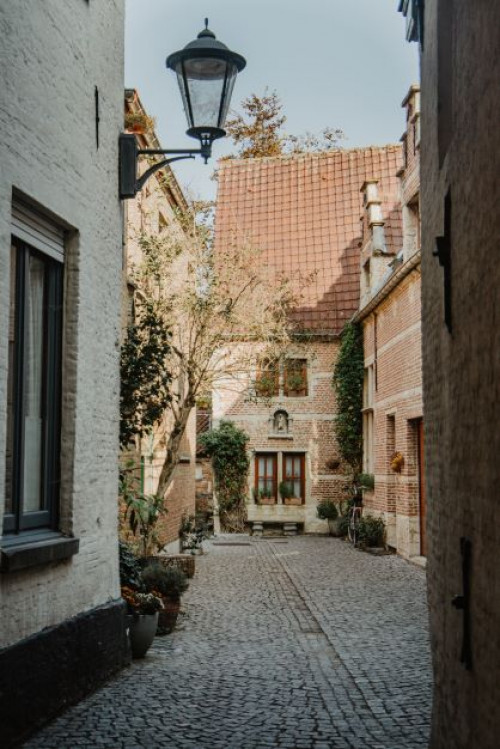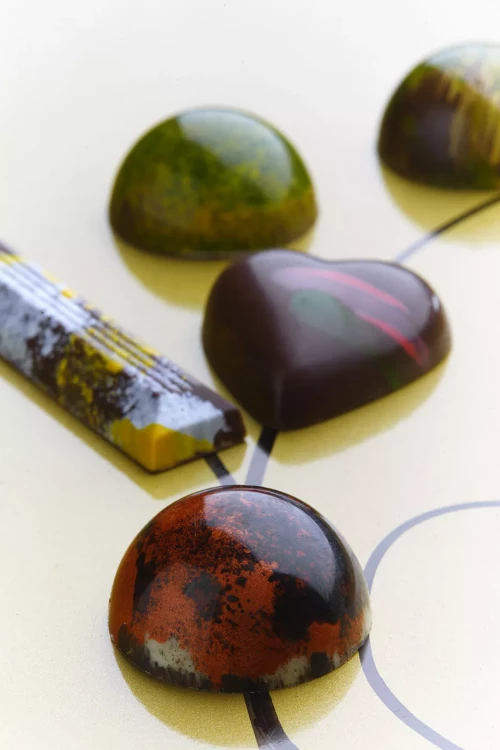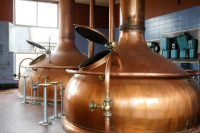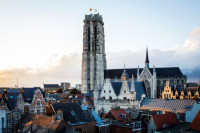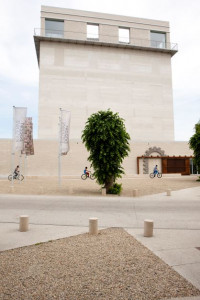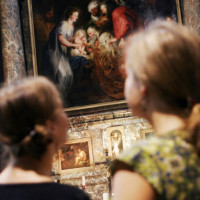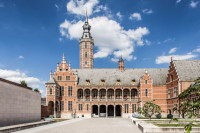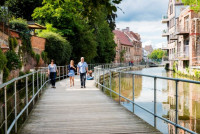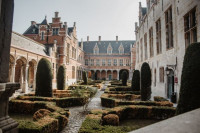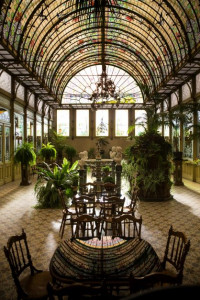Great Beguinage
The Groot Begijnhof was created after the beguinage outside the city walls of Mechelen was destroyed, so that the beguines moved back to the city center around 1560. They bought existing properties and built new homes. This gives the Groot Begijnhof a unique character compared to beguinages from other cities.
The small, cozy streets exude tranquility, and the houses are protected monuments. Thanks to its typically Flemish character and the unusual architecture, the Great Beguinage has been awarded a place on the Unesco list of world heritage sites.
A beguinage was a small town within a town, with its own bakery, brewery, nursing home, church and bleaching meadows. Beguinages were founded during the time of the Crusades. Many men left on crusades but never returned. This created a female surplus of widows, orphans and women who could not find a suitable husband. Going to the monastery was a solution, but monasteries often only accepted noble or well-to-do women.
Women who could not or did not want to go to the monasteries therefore started living together. The big difference with monasteries was that the beguines did not take the eternal vows of chastity, poverty and obedience.
From the 17th century, lace making became one of the main occupations of the beguines. The beguinage therefore played a crucial role in Mechelen lace production.
IN YOUR AREA
Share your location with Club Ambiance and discover all the culinary businesses in your neighbourhood.




